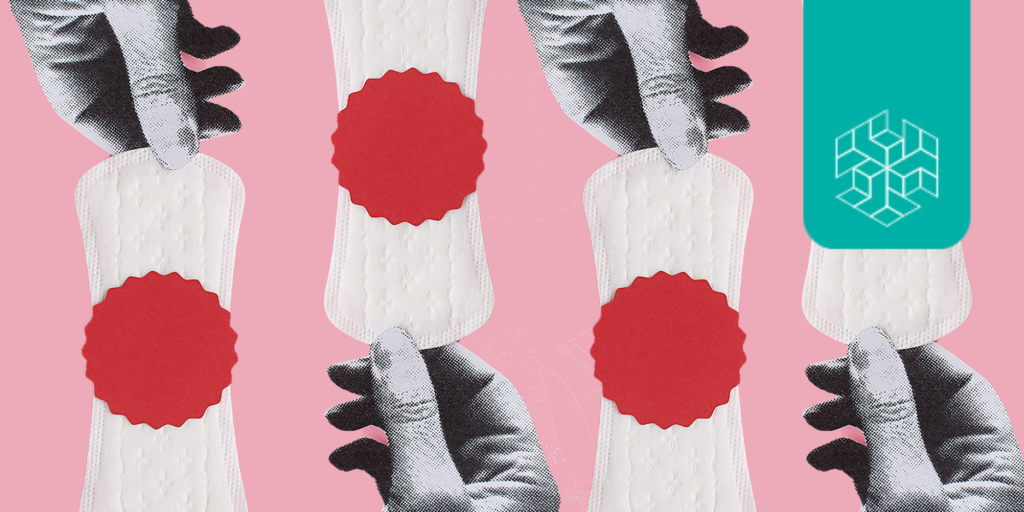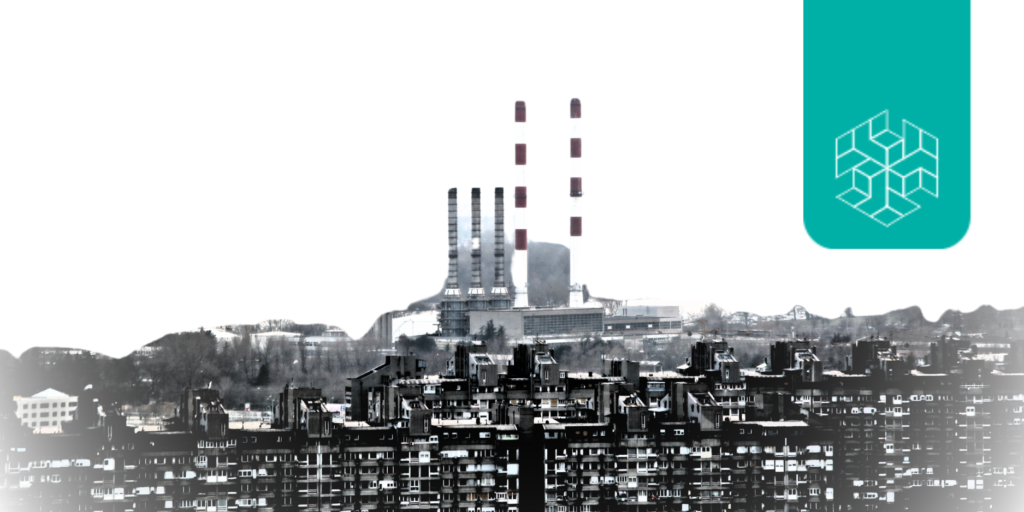Authored by: Satorupa Karmarkar
Edited by: Riya Singh Rathore, Yamini Negi and Sara Bardhan
INTRODUCTION
The importance of water, sanitation, and hygiene, collectively known as WASH, has been stressed ever since the unprecedented rise of COVID-19. The emphasis was especially seen in urban centres where “inadequate sanitation” across informal settlements is an issue of concern. Often addressed as “messy and hidden”, migration and informal settlements that house rural migrants are the drivers of India’s rapid urbanisation (Roy 2005). While projections suggest that India will add 41.6 crores to its urban population by 2050, the widening gap between the capacity of existing cities, growing population, and access to services casts doubt upon the long-term sustainability and liveability of these cities (United Nations 2018).
MIGRATION IN INDIA: BALANCING DEVELOPMENT OR INTENSIFYING URBAN EXCLUSION?
In medieval and colonial times, migration was characterised by the movement of pilgrims, merchants, and rulers. The independence era witnessed the partition, the largest mass migration in world history. In present times, the process generally refers to rural-urban migration (Tumbe 2018). According to census data from 2011, 35% of the Indian population consists of migrants, with an average of 50% migrants residing in metropolitan cities [Table 2]. The 2001 and 2011 census recorded an increase of 47.5% in total migrants and 86.8% of urban migrants, respectively (Table 1).
Table 1: Destination-wise decadal change in migration in India (2001-11)
| Total | To rural areas | To urban areas | |
| 2001 | 307100000 | 59500000 | 34800000 |
| 2011 | 453000000 | 80500000 | 65000000 |
| Growth rate | 47.51% | 35.29% | 86.78% |
Source: Author calculated from Census of India 2001 and 2011
Table 2: City-wise decadal change in migration (2001-11)
| Mumbai UA | Delhi UA | Kolkata UA | Chennai UA | Bengaluru UA | Hyderabad UA | ||
| 2011 | Total Population | 1839492 | 16349831 | 14035959 | 8653521 | 8520435 | 7674689 |
| Migrants (total) | 9956713 | 6825323 | 5217088 | 4388362 | 4402244 | 4943869 | |
| Migrants (%) | 54% | 42% | 37% | 50% | 52% | 64% | |
| 2001 | Total Population | 16357547 | 12874249 | 13293379 | 6604217 | 5763436 | 5751992 |
| Migrants (total) | 7033745 | 5278442 | 3057477 | 1585012 | 2074837 | 1437998 | |
| Migrants (%) | 43% | 41% | 23% | 24% | 36% | 25% | |
| (UA= Urban Agglomeration) | |||||||
Source: Livemint (2019)
Every year, lakhs of rural migrants arrive in large cities, looking for jobs, education, and a better life for themselves and their families. Although remittances received in cities are presumed to have a positive impact upon rural areas, migrants’ low wage rates neither enhance their quality of living in the city nor in their villages. The absence of socio-economic homogeneity among migrants in addition to a constant “elite capture” further deepens urban exclusion of the migrants and results in reduced access to basic services (Mistri 2015) such as electricity, water, housing, sanitation, drainage, roads, etc. While some of them settle down in hostels and formal rental accommodations, the rest are forced to live in congested slums or on pavements. This article seeks to highlight the experiences of the latter in accessing water, sanitation and other basic services on a daily basis.
EXISTING PRACTICES AND POLICY MEASURES
In India, slums are primarily categorised as notified and non-notified. The notified ones are government-recognised slums with individual water and sanitation access while the non-notified slums comprise non-recognised ones, without individual access. The water tankers sent by municipal bodies often fail to quench the demand of slum dwellers, mostly in non-notified places. The inadequacy pushes migrants towards market-based commodified services which in turn reduces one’s water intake due to financial incapacity to buy such services. Moreover, since the duration of a tenant’s stay impacts service provisions, migrants are not eligible for individual piped facilities despite staying in notified slums (Sengupta and Benjamin 2016; Sundari 2003; Rains, Krishna, and Wibbels 2018). Homeless migrants suffer the most, often taking refuge in religious shelters, makeshift tents, and railway stations. Such severe circumstances coerce people into open defecation and also become an added challenge for menstrual hygiene, often leading to several infections and health issues (Anjum and Nagabhatla 2020).



